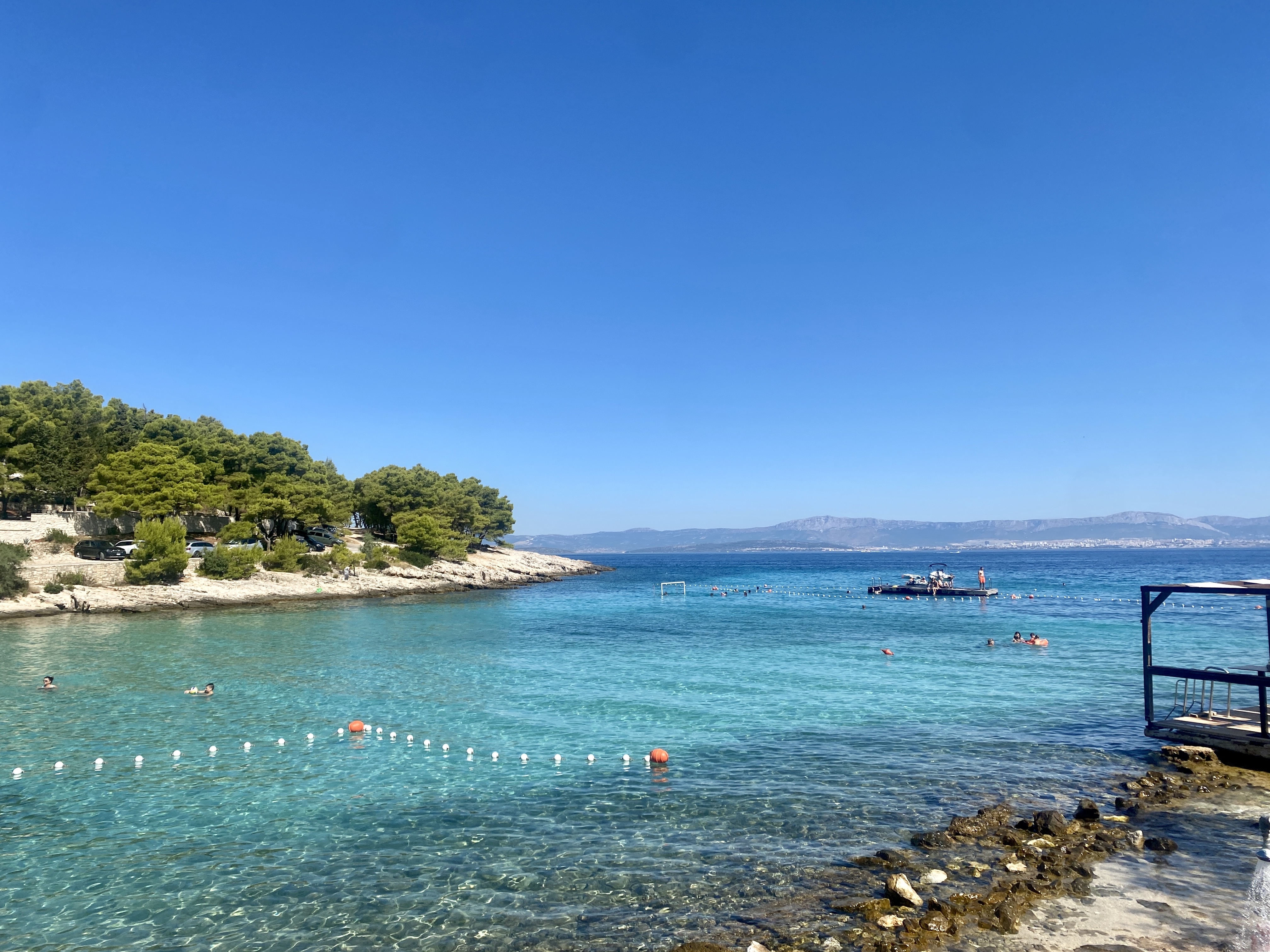Exchanging Materials
Cards (17)
- What is the surface area to volume ratio of single-celled organisms?
- Why do single-celled organisms have a large surface area to volume ratio?
- How are organs in multicellular organisms adapted for exchange?
- What features do exchange surfaces usually have?
- Why is a short diffusion distance important for exchange surfaces?
- What is necessary for efficient gaseous exchange in animals?
- What are the key features of efficient exchange surfaces?
- What is the role of alveoli in the lungs?
- How do alveoli maintain a concentration gradient for oxygen absorption?
- What is the function of villi in the small intestine?
- What adaptations do fish have for gaseous exchange?
- Why do large organisms need specialised exchange surfaces?
- How do plant roots increase their surface area for water absorption?
- What adaptations do plant leaves have for efficient gaseous exchange?
- What happens to the surface area to volume ratio as organisms increase in size?
- What is the SA:V ratio of a 1cm cube?
- What is the SA:V ratio of a 3cm cube?
